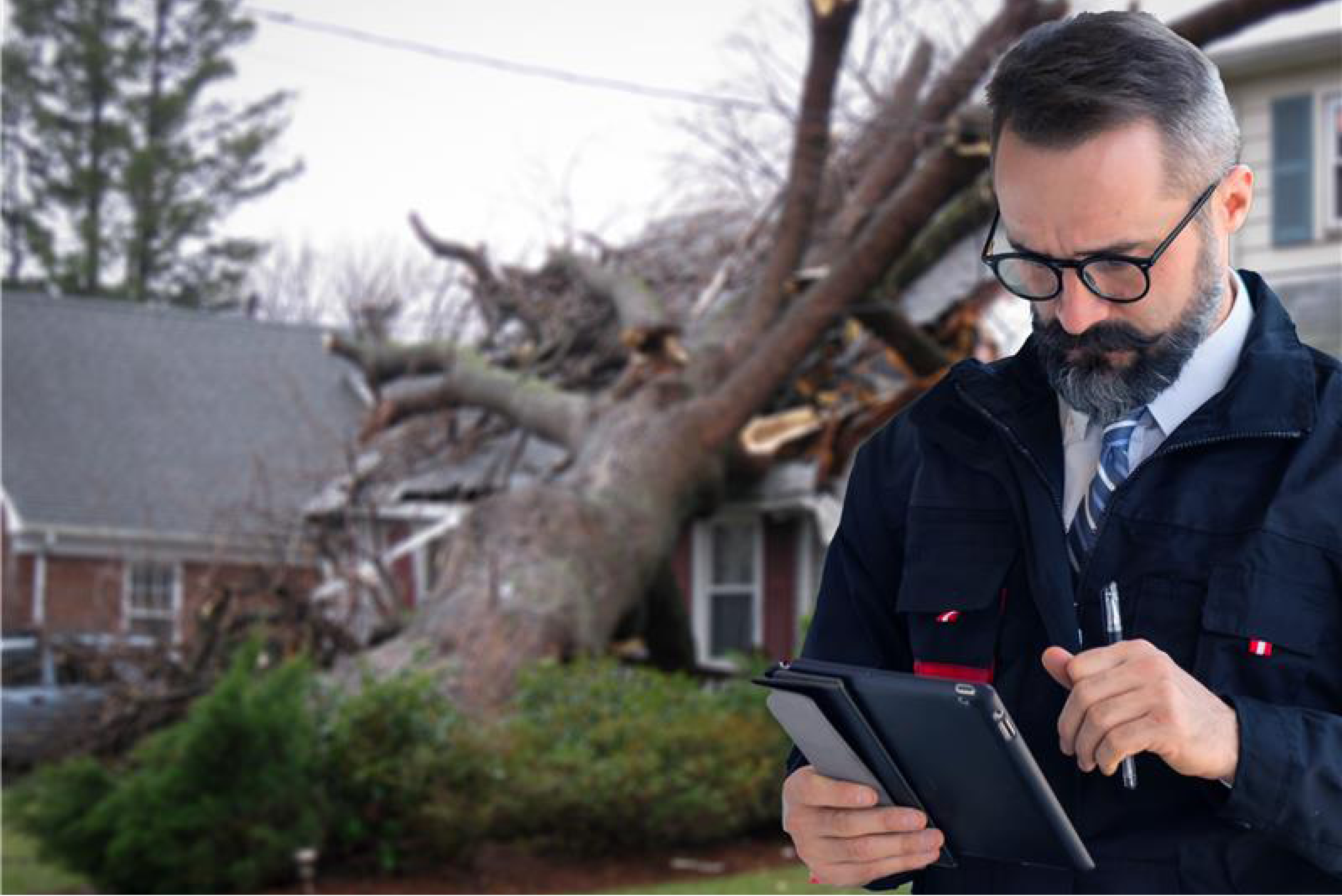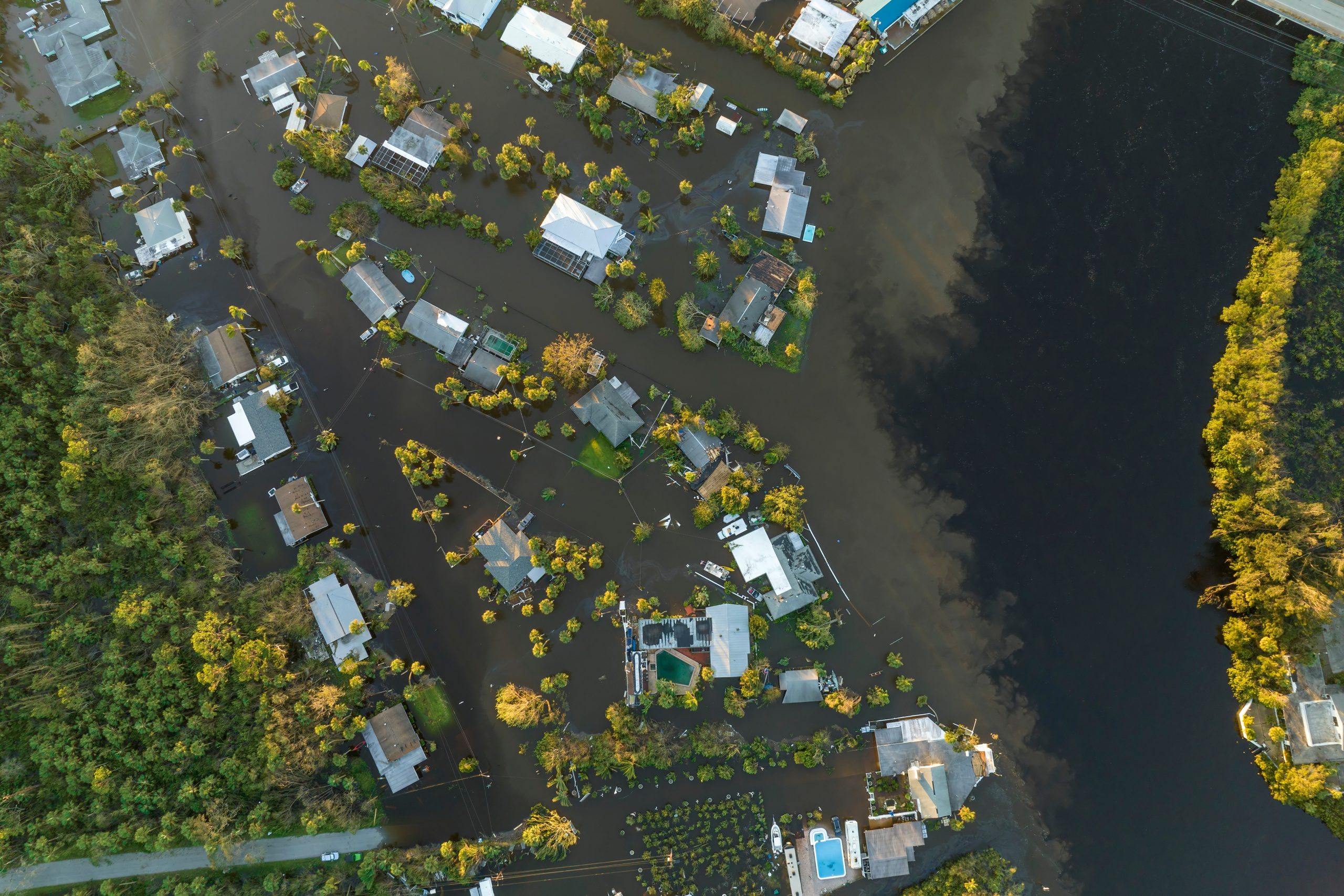2024 CAT Season Recap: A Year of Unprecedented Storms & Lessons Learned
February 5th 2025
The 2024 Atlantic hurricane season will be remembered as one of the most active and costly in recent history. With 18 named storms, 11 hurricanes, and 5 major hurricanes, the season significantly surpassed the long-term averages of 14 named storms, 7 hurricanes, and 3 major hurricanes. This heightened activity, fueled by climate and oceanic trends, underscored the growing unpredictability of natural disasters.
Storms That Shaped the Season
Two hurricanes stood out in their impact: Hurricane Helene and Hurricane Milton. Helene, a Category 4 storm that struck Florida, caused insured losses estimated between $6 billion and $11 billion. Meanwhile, Milton, known for its rapid intensification in the Gulf of Mexico, left a trail of destruction with insured losses ranging from $22 billion to $36 billion. Combined with three other landfalling storms—Beryl, Debby, and Francine—total global economic losses from the season reached a staggering $320 billion, with $140 billion attributed to insured losses.
The three successive hurricanes hitting Florida created a uniquely challenging season, particularly with Helene and Milton making landfall only two weeks apart. For Davies, the pre- and post-storm planning required immediate and ongoing communication with both internal teams and external partners. Personnel across the board had to ensure that adequate adjusting resources were available by coordinating with brokers for loss funds.
Another top priority was addressing client concerns such as correctly segregating damages from successive storms. While ongoing claims and newly reported losses continue to be processed, efforts by TPA and field adjusting teams have been instrumental in managing the complexities of this hurricane season.
The Role of Preparedness & Innovation
Despite the immense damage, several factors mitigated the potential for even greater losses:
- Enhanced Building Codes: States like Florida demonstrated the value of modern building standards, as newer homes often withstood severe storm conditions with minimal damage. This resilience highlights the importance of proactive disaster mitigation measures.
- Insurance Reforms: Florida’s legal reforms aimed at reducing frivolous litigation benefited both insurers and policyholders, ensuring a smoother claims process.
- Technological Advances: Tools like satellite communication and video loss assessments streamlined adjusters’ efforts. For example, Starlink allowed teams to upload critical data in areas where terrestrial communication systems were down.
Litigation Trends & Insights from the Aftermath
For insurance companies, the 2024 hurricane season highlighted ongoing challenges in managing claims and litigation risks. The season’s unique dynamics, particularly overlapping storms and extensive flooding, have driven new trends in disputes and policyholder litigation.
One key issue from Hurricane Milton was the mass surge in claims—over 152,000 property insurance claims—amounting to approximately $1.9 billion in estimated insured losses. This surge in claims volume placed significant pressure on insurers to process high volumes of claims efficiently while addressing policyholder expectations. Furthermore, the secondary challenge became distinguishing legitimate claims from disputes over policy coverage, damage attribution, and claim valuation. As a result, litigation increased as policyholders and insurers clashed over coverage limits, exclusions, and the allocation of damages between Hurricane Milton and preceding storms. These disputes underscored the need for clearer policy language, improved loss assessment methodologies, and proactive claims management strategies to mitigate legal challenges.
Litigation concerns have also emerged prominently. Following hurricanes such as Irma in 2017 and Ian in 2022, a notable increase in litigation led reinsurers to raise rates and reduce coverage. The 2024 season’s storms may drive similar trends, potentially influencing future reinsurance costs and coverage availability as carriers grapple with legal challenges and policy disputes.
With hurricanes comes flooding, and flood insurance gaps continue to expose vulnerabilities, particularly in inland areas. The devastation caused by Hurricane Helene across the US Southeast emphasized the persistent gap in flood coverage. As flood risks increase due to slow-moving and atypical storm patterns, insurers must explore innovative solutions to address these coverage gaps and provide adequate protection for policyholders.
For insurers, the season emphasized the importance of proactive measures:
- Policy Clarity: Ensuring policy language clearly addresses multi-event scenarios and coverage nuances.
- Risk Modeling Improvements: Leveraging advanced modeling to predict and prepare for complex storm interactions.
- Flood Coverage Reevaluation: Identifying ways to address the low adoption of flood coverage and exploring innovative products to bridge this gap.
Shaping the Future of Catastrophe Management
As we look to the future, the 2024 hurricane season serves as both a warning and a call to action. The rising frequency and severity of natural disasters emphasize the need for continued innovation in risk management, building resilience, and adapting to the realities of a changing climate. Insurers and policymakers must work together to address coverage gaps and improve preparedness in vulnerable regions.
Moreover, the feedback from both insureds and clients has reflected the importance of a well-coordinated catastrophe response strategy, reinforcing the value of adaptability and strong partnerships in the face of back-to-back catastrophic events.
The lessons learned this year will undoubtedly shape the strategies of insurers, adjusters, and regulators alike. By leveraging the insights from this season, the industry can better equip itself to navigate the uncertainties of the next.
To learn more about how Davies can guide you through these challenges, please visit our website to review our full spectrum of services and solutions, or email jim.milner@us.davies-group.com.
-
September 16th 2024
Harnessing CAT Modeling & Climate Change: Insights from Ben Conrad
Catastrophic (CAT) modeling, the process of predicting the financial impact of natural disasters,…
-
August 17th 2021
Why are catastrophe (CAT) teams an identity and access risk?
While some insurance companies have full-time CAT teams, others use a variety of…
-
April 22nd 2025
The Importance of Proactive CAT Claims Management
Efficient claims management during CAT events is crucial, not only for fulfilling obligations…
-
May 15th 2025
Simulating the Unthinkable: Lessons from Our 2024 Mock Catastrophe Event
When catastrophe strikes, there’s no time to waste. Rapid response, seamless coordination, and…
-
October 13th 2025
When It Comes to Flood, You Don’t Have to Stay in Your Zone
I am a flood nerd, I admit it. I study geographies, topographies, weather…
-
November 4th 2025
Roof Inspections: 8 Reasons Our Team Gets It Right…the First Time
When it comes to property assessments for insurance surveys and risk evaluations, roof…






